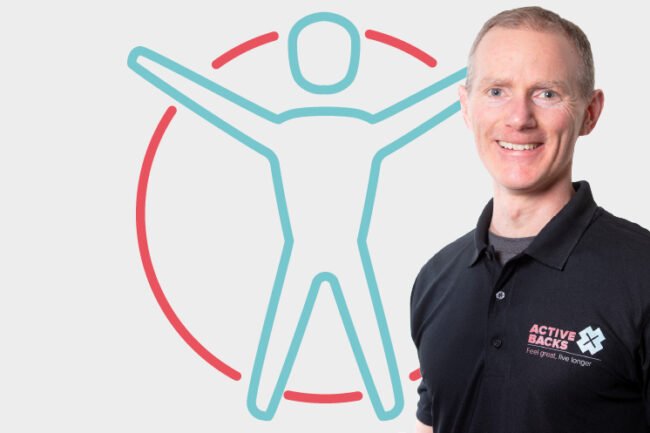Why the bone-out theory refuses to go away
Why the bone-out theory refuses to go away
Today’s episode is entitled “Why the bone-out theory refuses to go away”. The main reasons are:
- The bone-out theory fits our perception
- It’s perpetuated by clinicians
- The bone-out theory is easy to understand
- It feels better when “cracked back in”
The bone-out theory is a myth that is wrong and not grounded in science. There are lots of people who have misalignments, whether in their vertebrae, their pelvis, or anywhere else, but have no pain. So why does the bone-out theory refuse to go away?

The bone-out theory fits our perception
Often, when your lower back is in pain you find yourself sort of tilted off to one side, out of alignment. The “bone out” is a nice phrasing that seems to fit with how we feel. We look out of alignment, so the bone must be out.
It’s perpetuated by clinicians
To be fair, they may not promote the myth, but they don’t dispell it either. There’s a number of reasons for that. One is that they might quite like you believing that so you have to come back to them to get fixed. But more likely, they don’t want to confront you, particularly in a restricted time window. It takes time to explain that there are many other things that are relevant to that. They certainly allow the myth to be perpetuated by not correcting you.
The bone-out theory is easy to understand
It’s simple compared to alternative explanations, which are much more long winded, and we like that. I feel out of alignment, the bone is out simple. It makes sense, so people will think since they feel out of alignment, the bone must be out of alignment.
It feels better when “cracked back in”
We think the cracking is the bone going back into alignment. If it feels better, it was not in alignment in the first place. There are other mechanisms at play and other reasons why you might feel significantly better immediately after this procedure.


